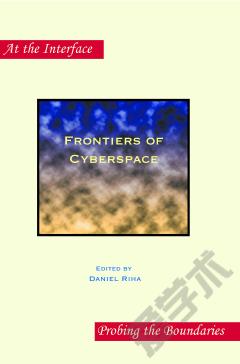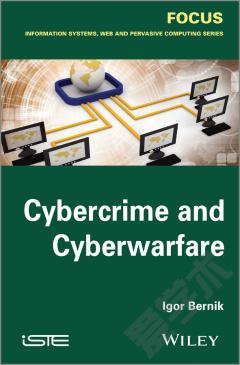Fighting Terror In Cyberspace
As became apparent after the tragic events of September 11, 2001, terrorist groups are increasingly using the Internet as a communication and propaganda tool where they can safely communicate with their affiliates, coordinate action plans, raise funds, and introduce new supporters to their networks. This is evident from the large number of web sites run by different terrorist organizations, though the URLs and geographical locations of these web sites are frequently moved around the globe. The wide use of the Internet by terrorists makes some people think that the risk of a major cyber-attack against the communication infrastructure is low. However, this situation may change abruptly once the terrorists decide that the Net does not serve their purposes anymore and, like any other invention of our civilization, deserves destruction.Fighting Terror in Cyberspace is a unique volume, which provides, for the first time, a comprehensive overview of terrorist threats in cyberspace along with state-of-the-art tools and technologies that can deal with these threats in the present and in the future. The book covers several key topics in cyber warfare such as terrorist use of the Internet, the Cyber Jihad, data mining tools and techniques of terrorist detection on the web, analysis and detection of terror financing, and automated identification of terrorist web sites in multiple languages. The contributors include leading researchers on international terrorism, as well as distinguished experts in information security and cyber intelligence. This book represents a valuable source of information for academic researchers, law enforcement and intelligence experts, and industry consultants who are involved in detection, analysis, and prevention of terrorist activities on the Internet.
{{comment.content}}








 京公网安备 11010802027623号
京公网安备 11010802027623号